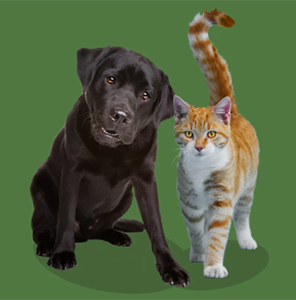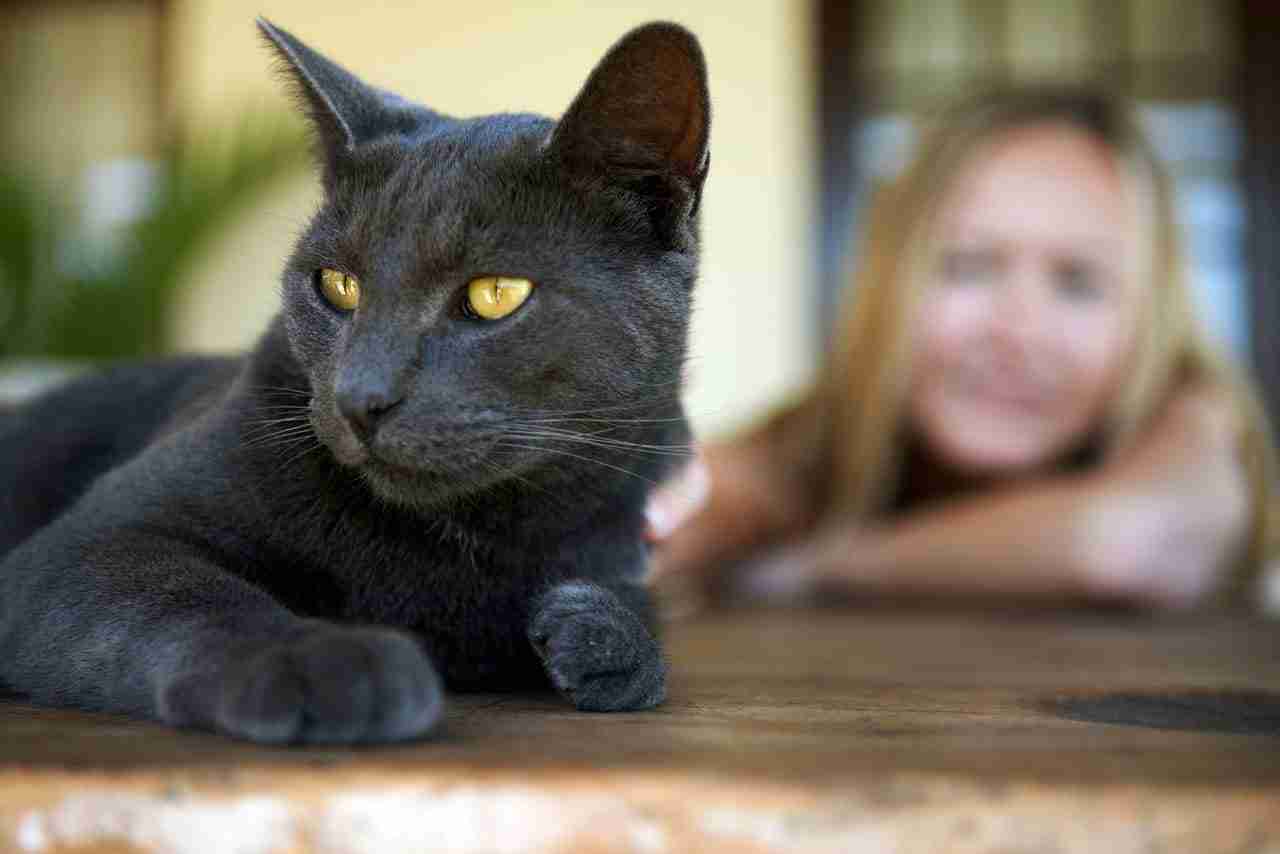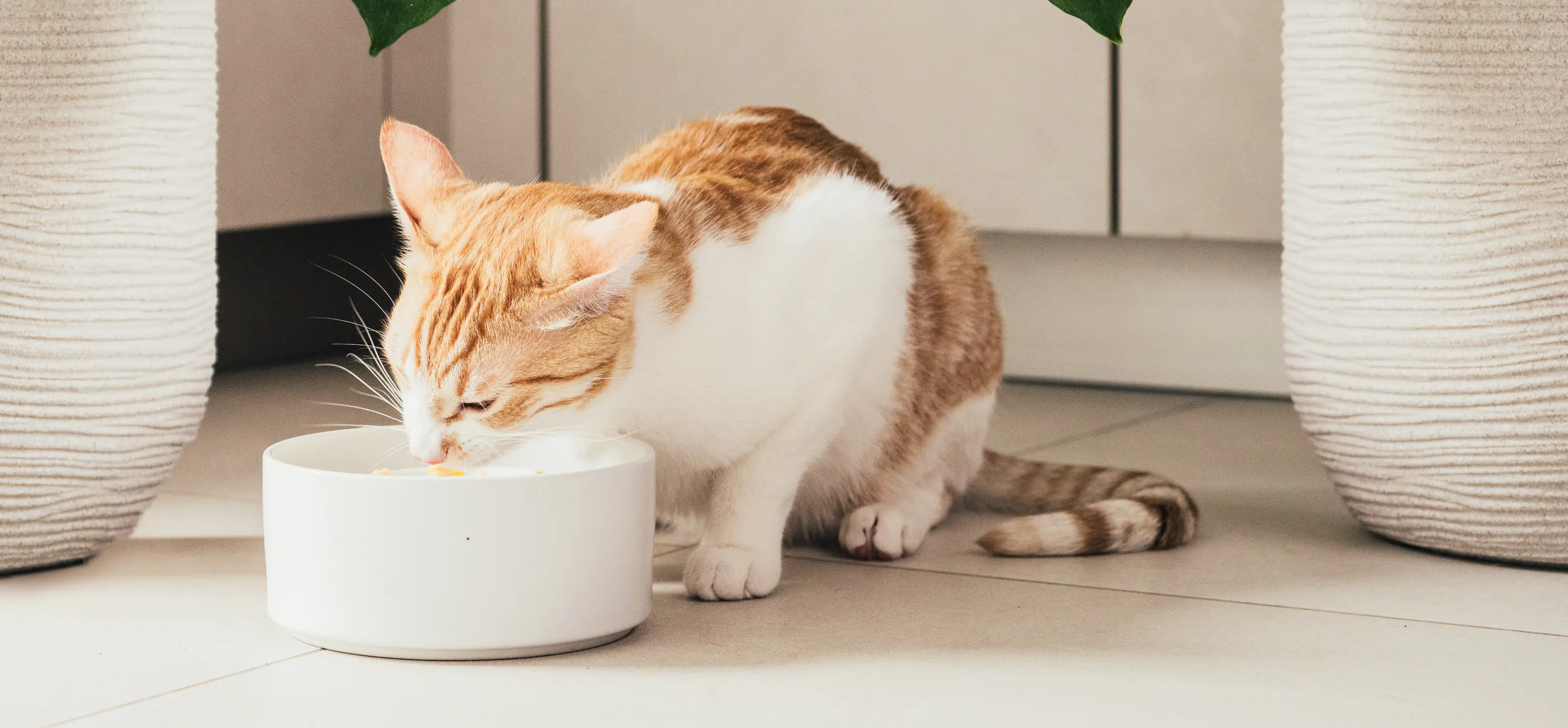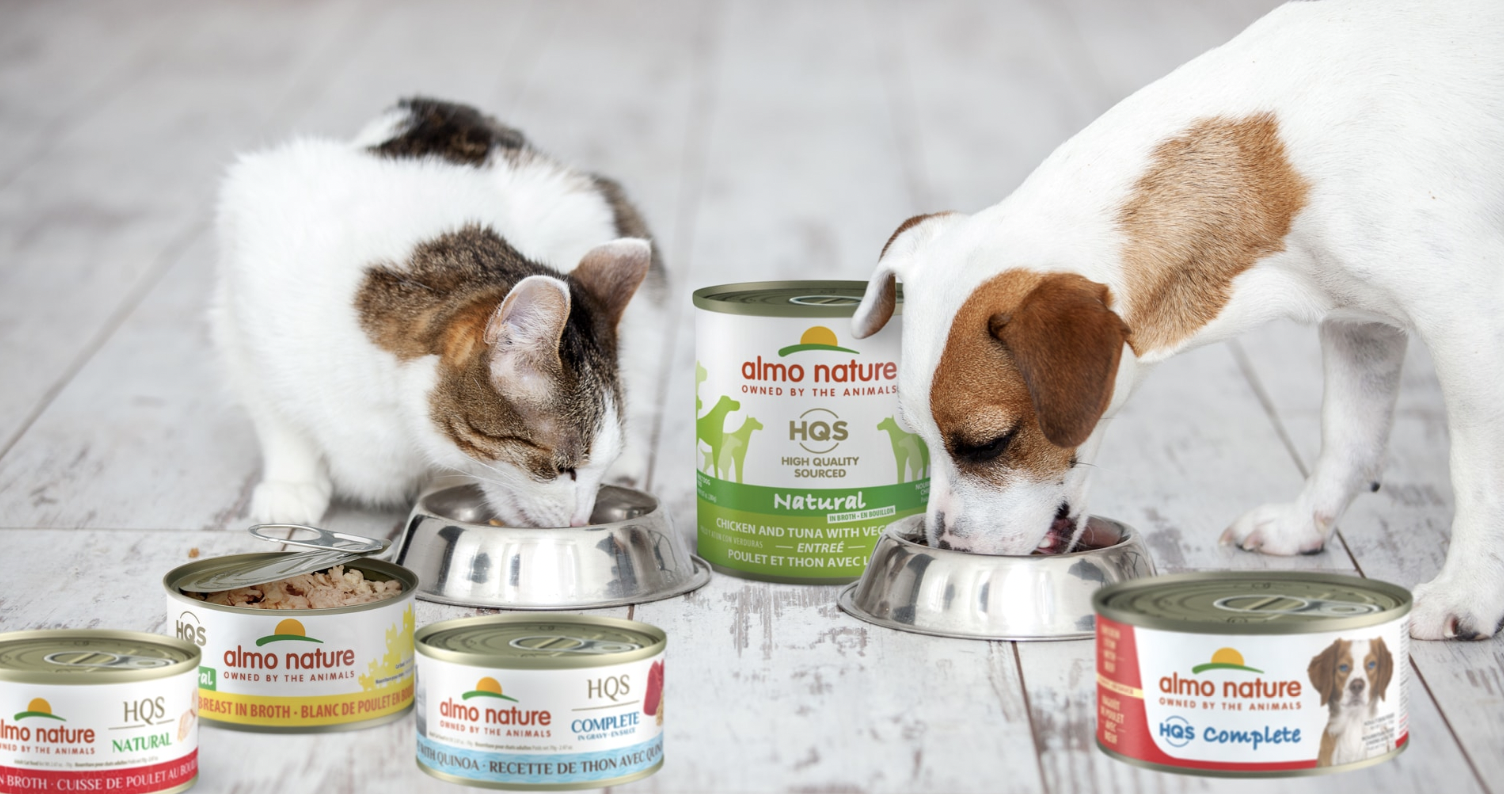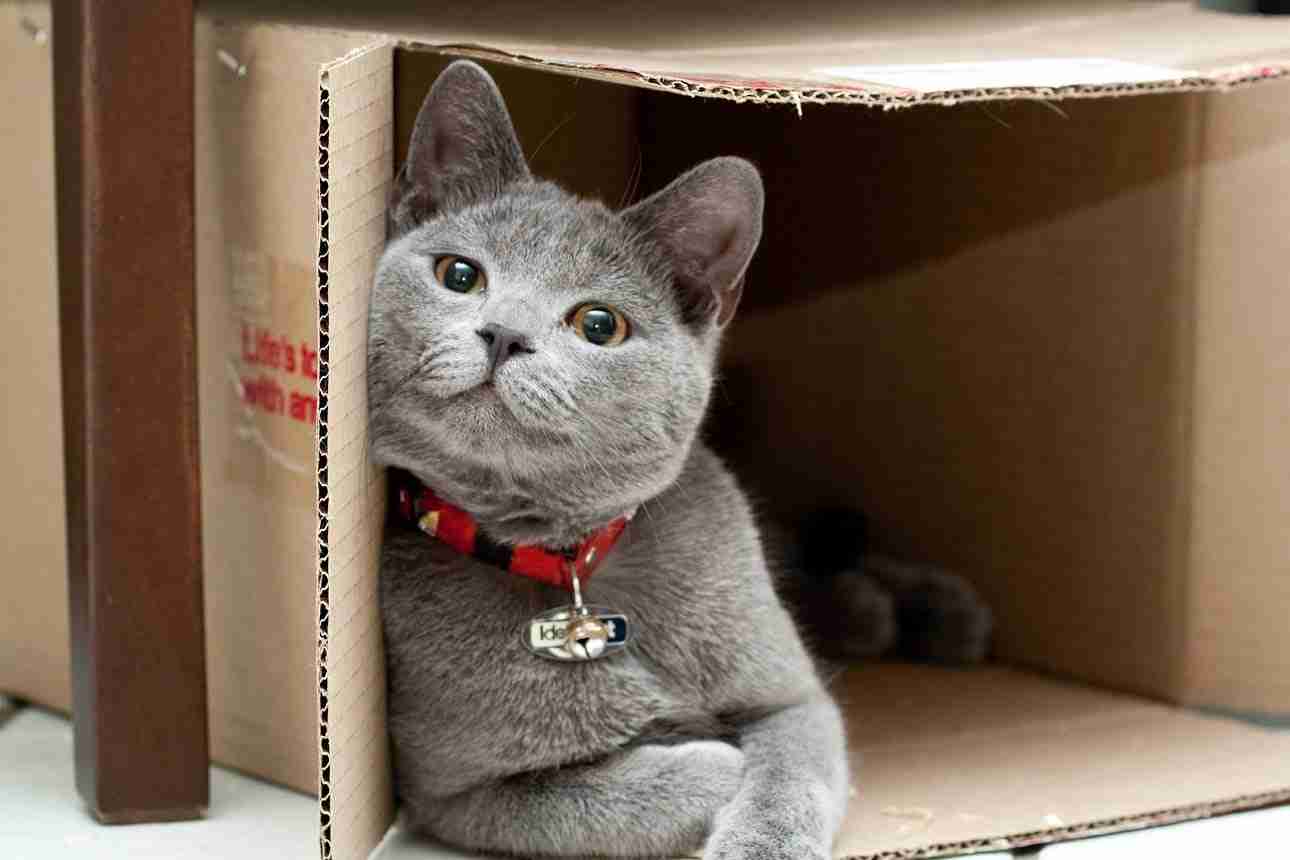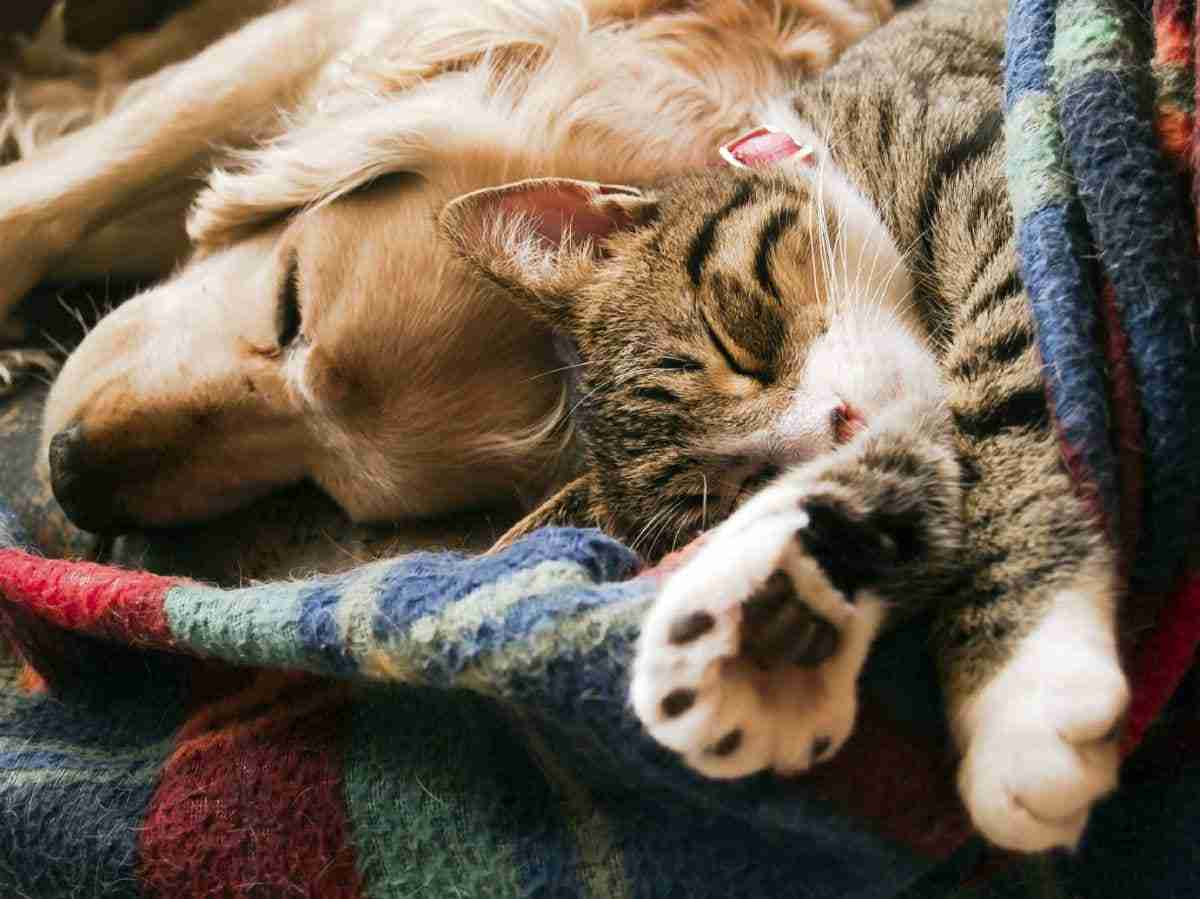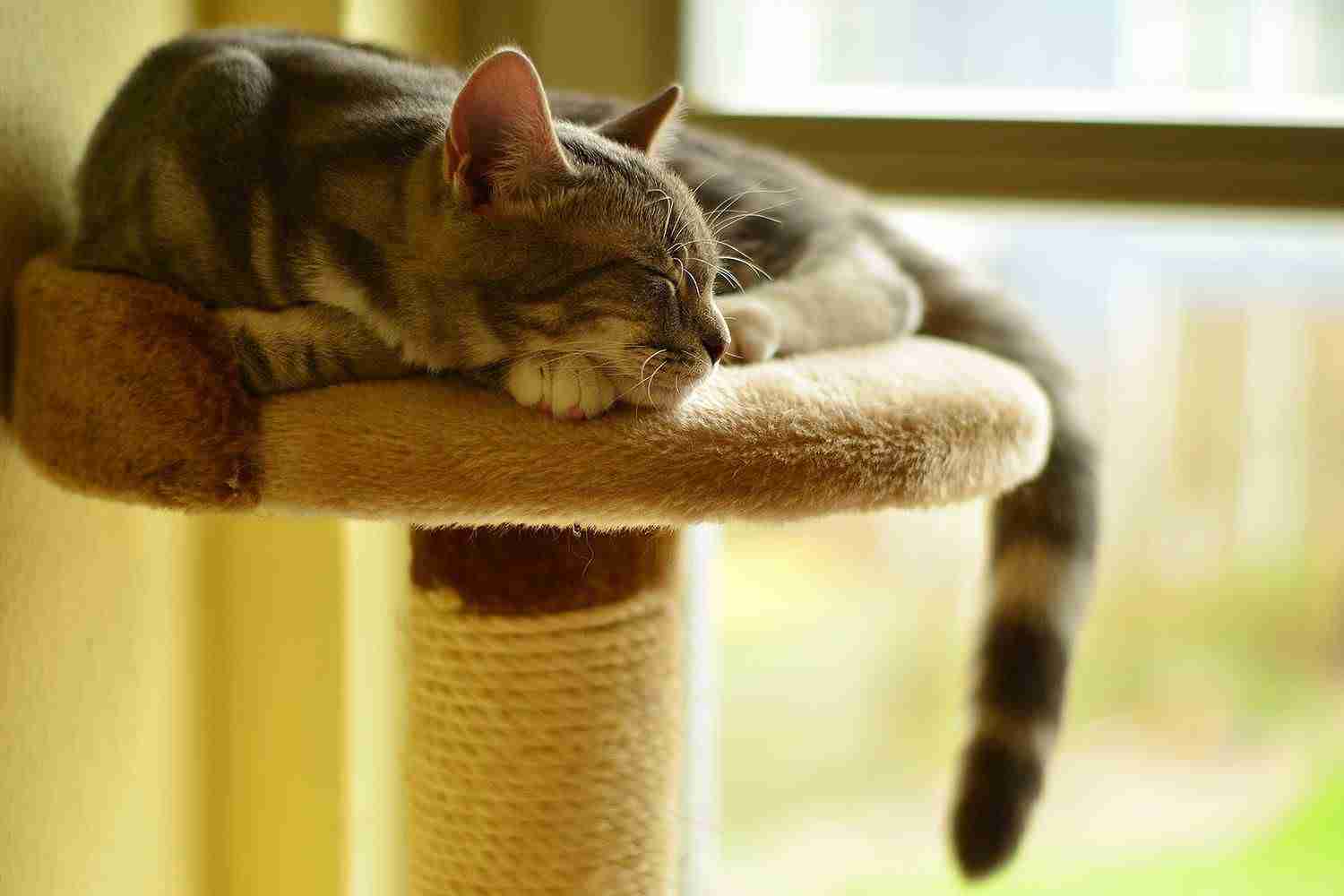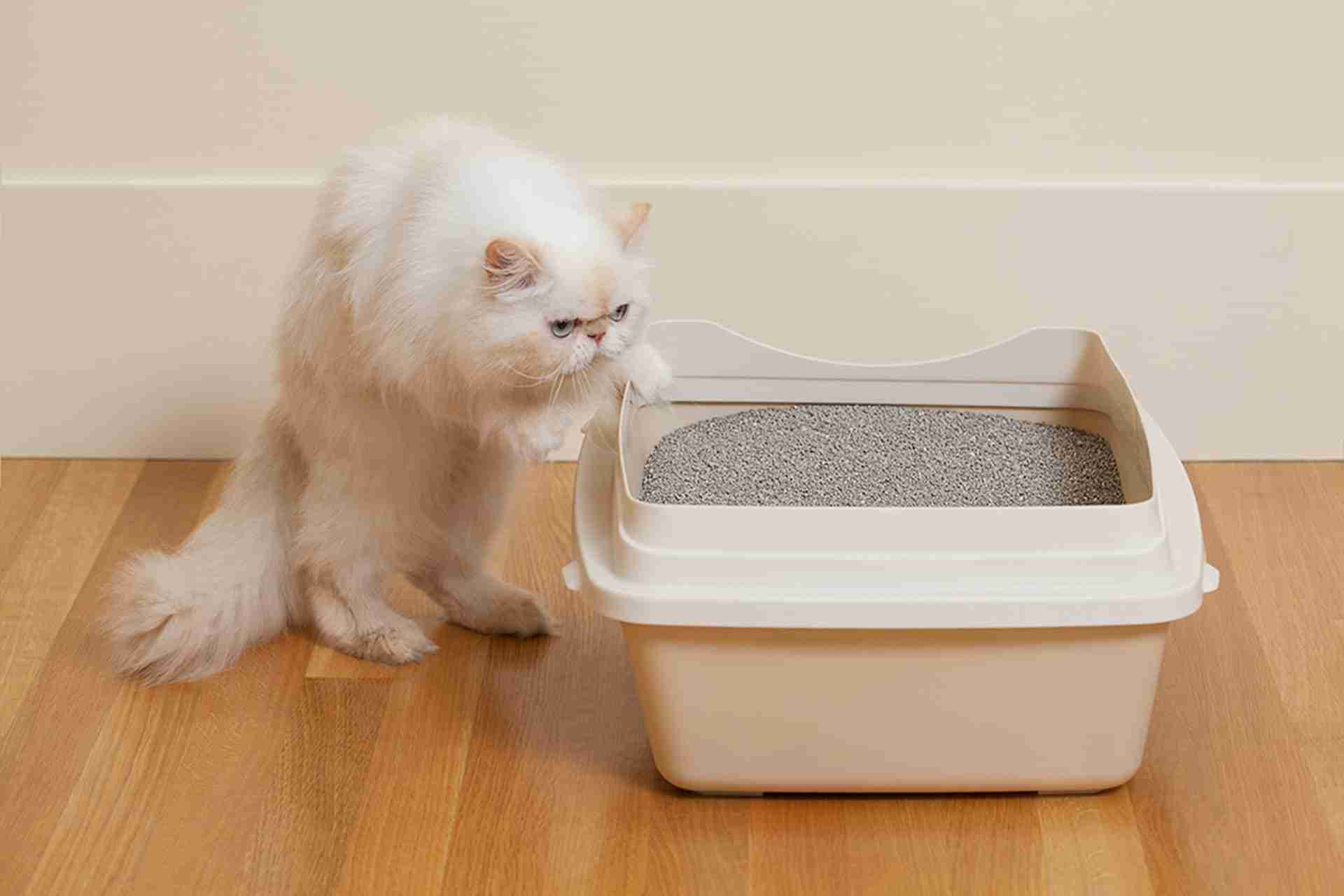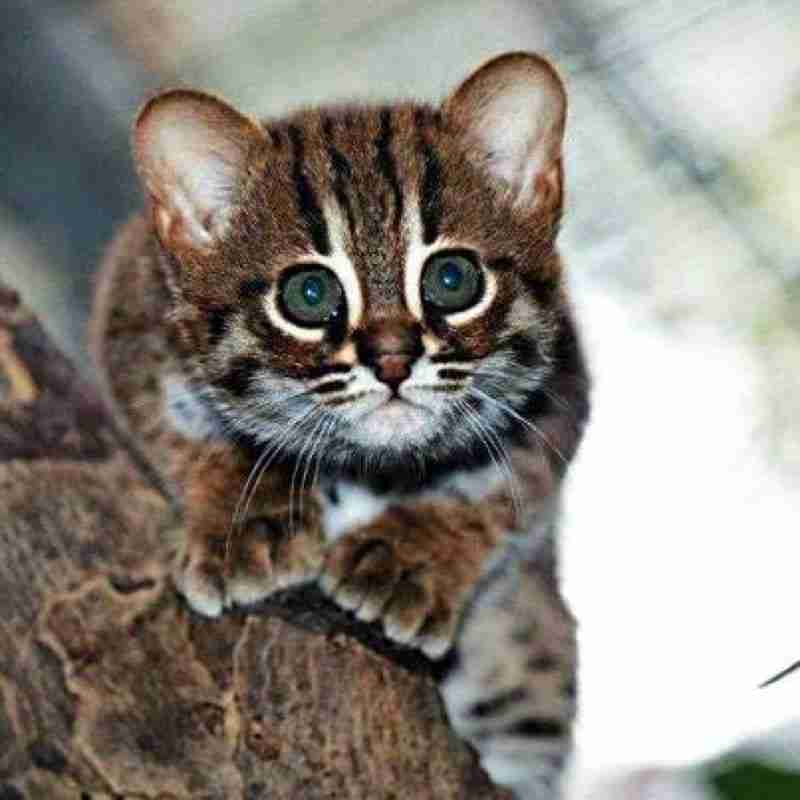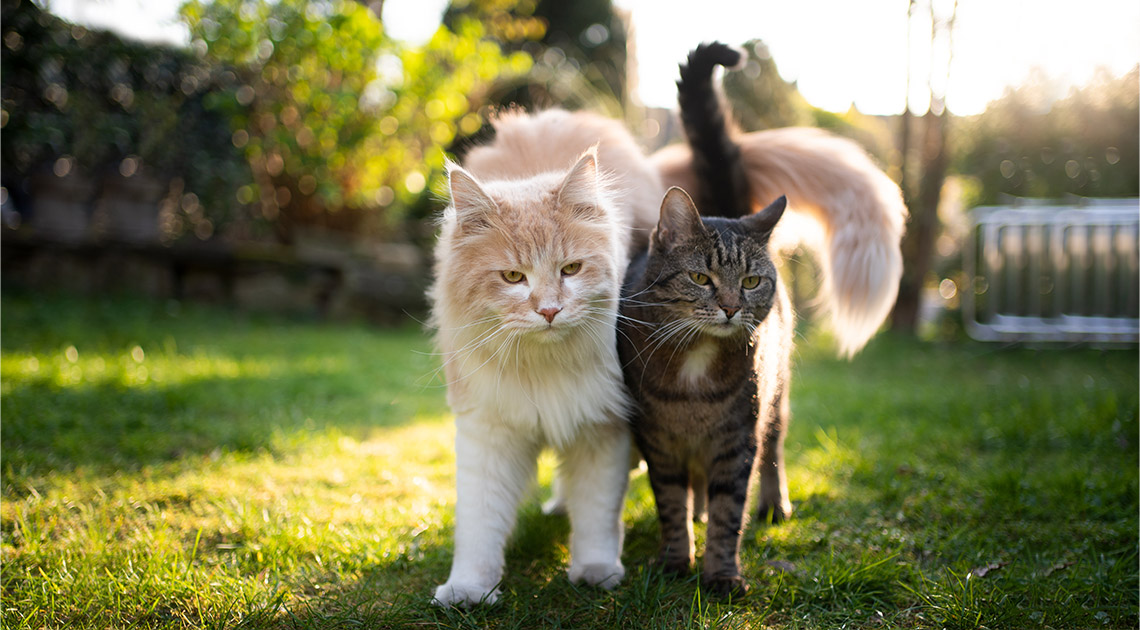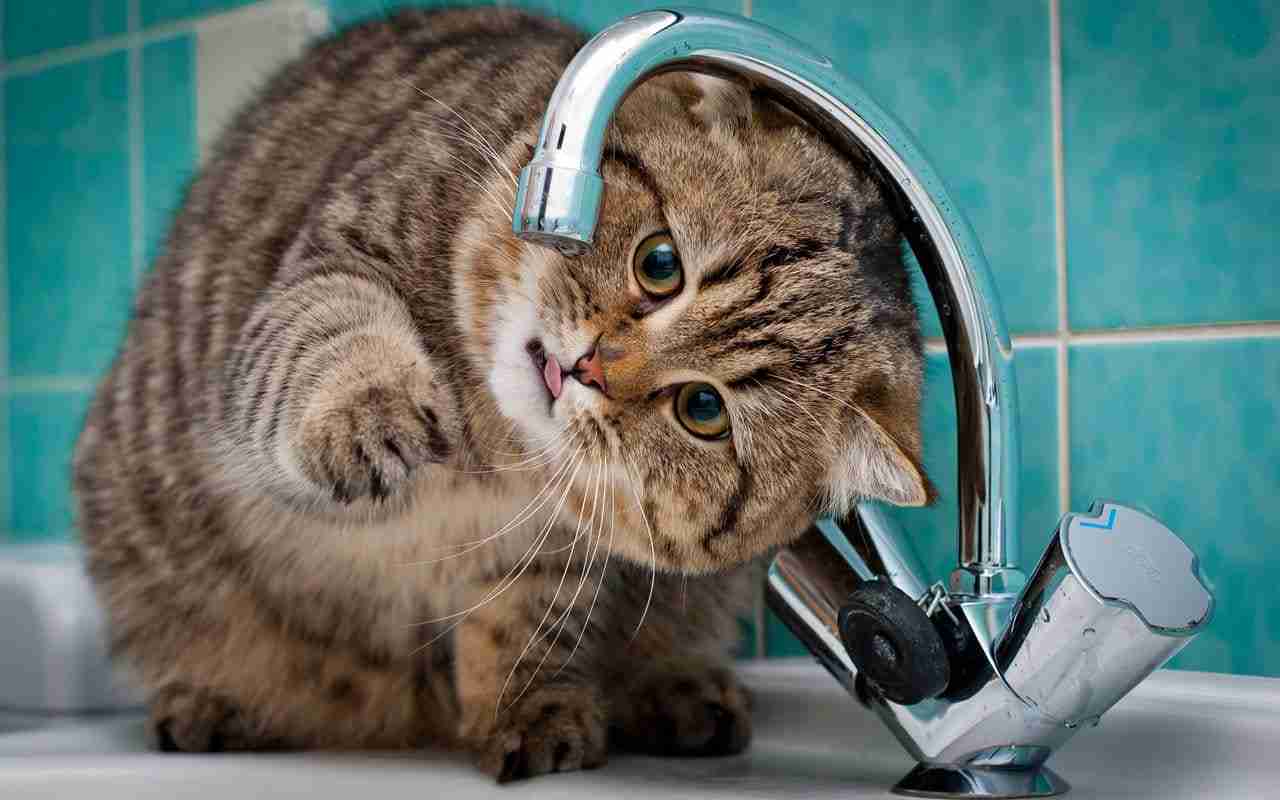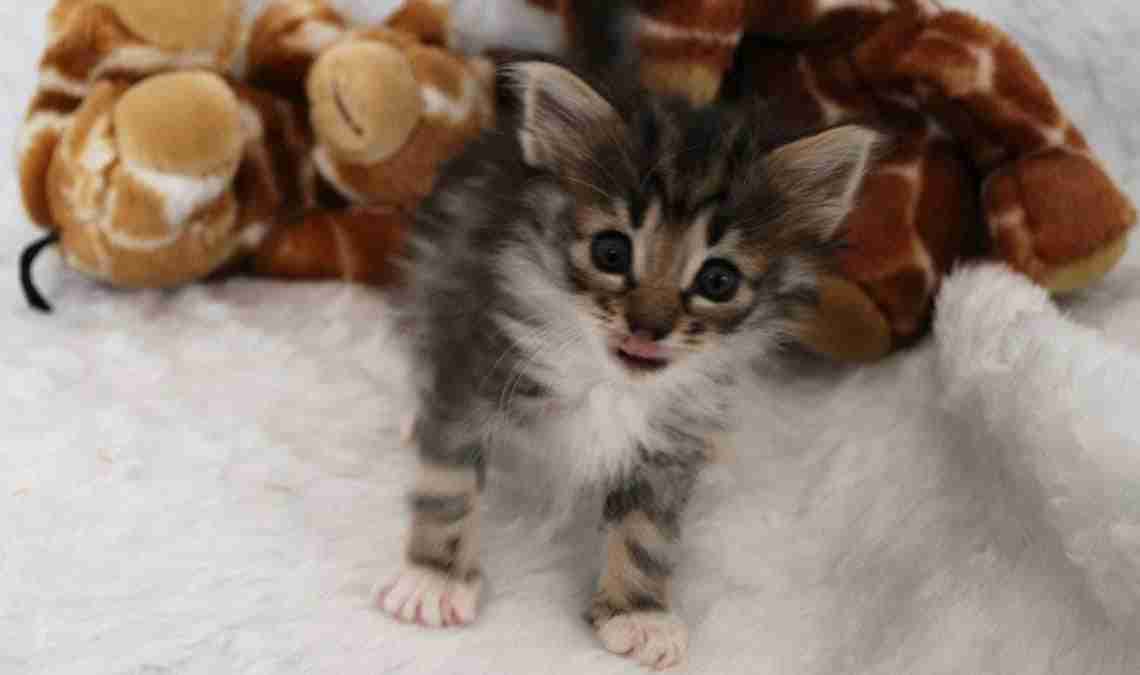Catnip: What Is It and How Does It Affect Cats?
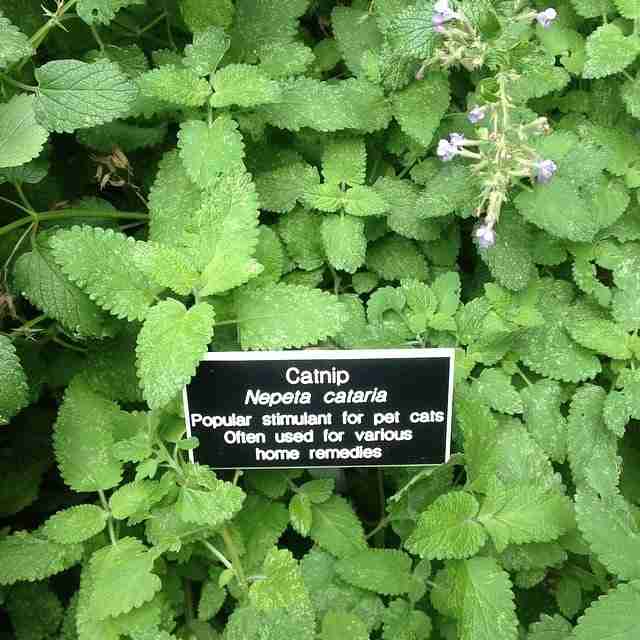
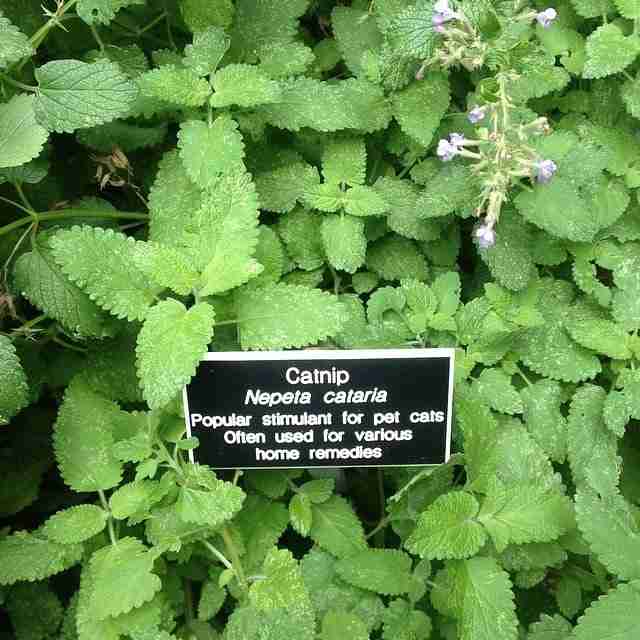
Catnip: a mix of substances that stimulate cats
Catnip, also known as catmint or catswort, contains vitamins, minerals, essential oils and nepetalactone. The nepetalactone is primarily responsible for the mood-enhancing effects on the animal, acting like a cat pheromone. According to studies, about two-thirds of cats are susceptible to the effects of catnip, the smell of which is perceived by their vomeronasal organs.
If you've ever seen a cat interact with catnip, you probably witnessed a typical scene: the cat sniffs it, rubs against it, rolls in it. He chews and licks it and even purrs. This combination of behaviors can last up to 15 minutes, the average time this mint-like plant holds a cat's interest. Even if taken in high doses, catnip isn't toxic for cats — and even if it were, the smart feline instinctively refuses food that is potentially harmful, never exceeding a safely ingestible quantity.
Catnip: how to make a happy cat and owner
Knowing that catnip is considered a completely harmless, natural substance, capable of provoking pleasant sensations for your cat, how can we use it? Catnip can be an ideal diversion, stealing away their curiosity from your other house plants.
Dr. Maria Grazia Calore, a veterinary surgeon and expert in pet behavior, provides some handy advice: “Provide your cat with a pot of planted catnip or some catnip mixed with flax seeds: this will be great sensorial stimulation for him. If possible, use a wide, low container; in this way, you will give him his own private ‘field.' Remember to give your cat a chance to look out of a window or, if possible, access to a garden or safe terrace."
And if you do not want to try to cultivate your own catnip, you can buy it in health food stores or pet shops in the form of powder, dried leaves or in stuffed toys.

